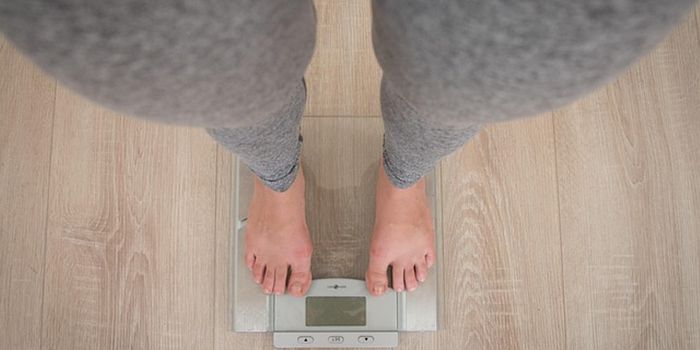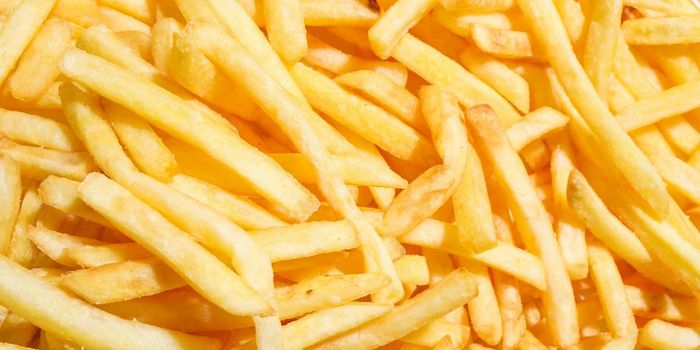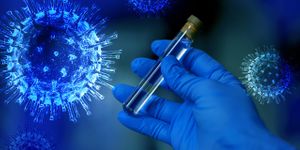Molecule Produced During Exercise Slows Aging
New research published in the journal Cell has shown that repeated bouts of exercise stimulate the kidneys to produce a metabolite called betaine that is involved in rejuvenating the immune system, metabolism, and inflammation control system.
The study followed 13 healthy male participants for over six years to evaluate the short- and long-term effects of exercise. Throughout the study, multiomics tools were used to track various health measures, including metabolites, proteins, genes, and gut bacteria. Participants were tracked through various exercise regimens, such as at rest, after a 5k run, and after a 25-day running program. Exercise has been previously linked to a variety of health benefits, including improvements in heart and brain health and a lower risk of diabetes and obesity. Additionally, regular exercise has been linked to slower aging based on various measures. This study sought to determine the molecular mechanisms by which exercise provides health benefits.
The results showed that regular exercise produced several changes that resulted in health improvements. In particular, regular exercise caused the kidneys to produce increased amounts of betaine. Betaine is a small molecule found in some foods, such as beets and spinach, that is also produced by the body. The increased betaine produced by the kidneys after long-term exercise had a protective, anti-aging effect on many parts of the body. These effects included anti-aging benefits for the immune system, metabolism, and inflammation control systems. Interestingly, the results also showed that a single intense workout causes stress, while long-term exercise provides a wide variety of health benefits.
The authors noted that this study shines a new light on the idea of ‘exercise as medicine.’ The results also suggest a potential way to reproduce the beneficial effects of exercise; since betaine appears to be one of the major mechanisms by which exercise improves health, supplementation with oral betaine may be an easy way to provide similar benefits in pill form.
Sources: Cell, Science Daily








